Description The Benevolent Horse | ||
 | ||
Title Tikbalang the human horse Gender Unknown, most likely male Similar Bernardo Carpio, Code of Kalantiaw, Juan Tamad | ||
Ukg tikbalang bantay umano ng isang pamilya
Tikbalang (also Tigbalang, Tigbalan, or Tikbalan or Tigbolan) is a creature of Philippine folklore said to lurk in the mountains and forests of the Philippines. It is described as a tall, bony humanoid creature with disproportionately long limbs, to the point that its knees reach above its head when it squats down. It has the head and feet of an animal, most commonly a horse. In some versions it is a transformation of an aborted fetus sent to earth from limbo.
Contents
- Ukg tikbalang bantay umano ng isang pamilya
- Origins
- Superstitions
- Taming a tikbalang
- In popular culture
- Additional reading
- References
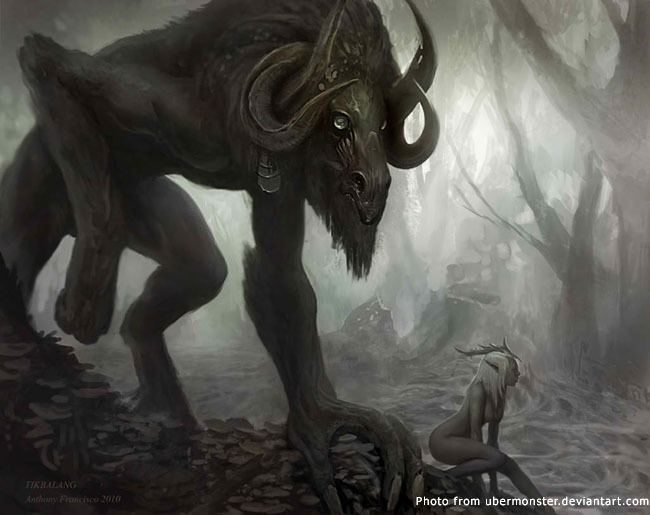
Origins
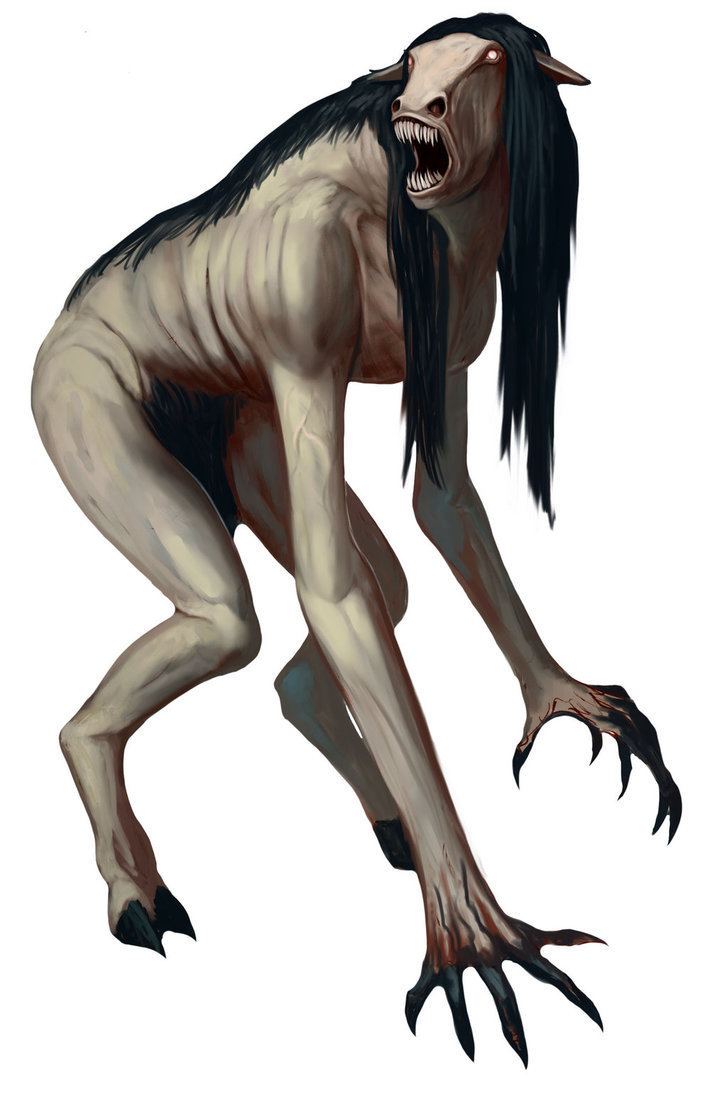
It traces the image of the Tikbalang back 4000 years, finding its roots in Hinduism and explains how that influence evolved into the mysterious half horse creature we know today.
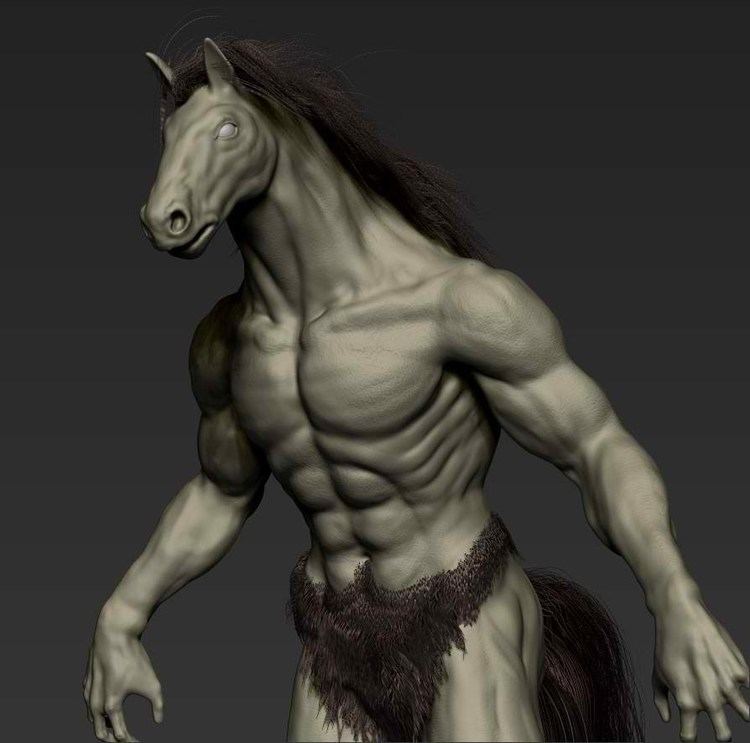
Natives of the ancient concept of monotheism to reduce the uncertainty of the future. This ancient belief is considered animism. They had knowledge and they thought that the world has its own consciousness. They believed that stones, trees, mountains, water, animals, sun, moon and has a hidden power quickened the spirit or 'idol'. Could be good or harm the spirit, but it is believed to control some aspects of life. in 1589, when the earliest days of the Spanish occupation, documented by Father Juan de Plasencia with long-term tikbalang awareness of indigenous peoples .

Hinduism began in 3000 BC in India and spread to Southeast Asia in 200 CE. Had developed several routes of trade and cultural influence spread throughout the region. Soon, there was some kind of Buddhism in Asia but remained Hindu influences. This happened before Islam and Christianity in the region , this might have to do with Tikbalang Hayagriva was the avatar of the Hindu god Vishnu. The worship of Hayagriva was recorded in 2000 BCE,
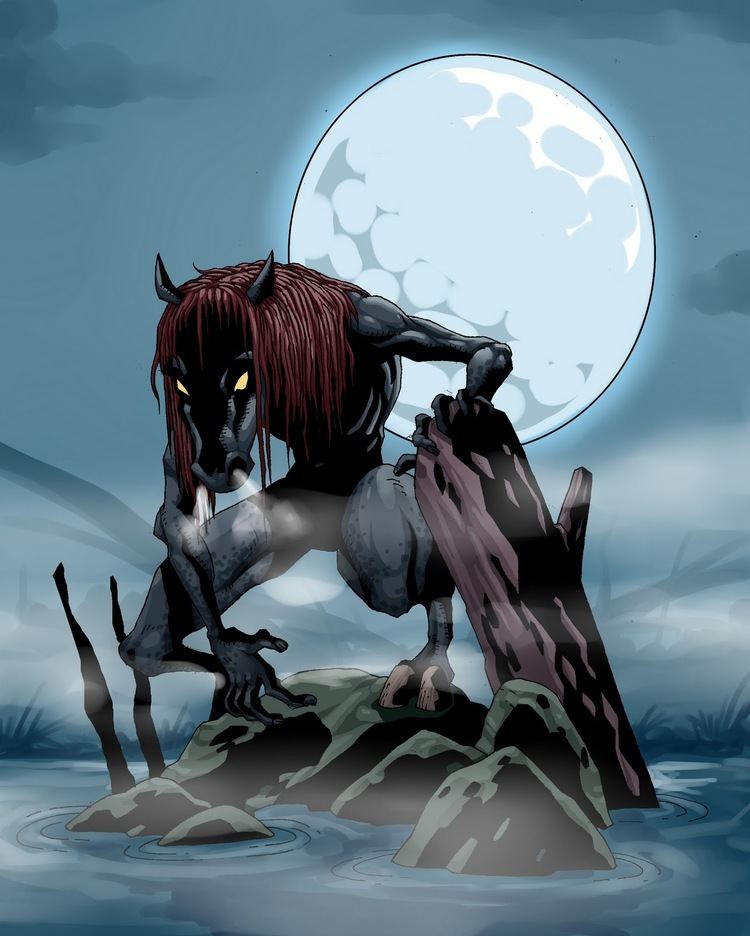
The images for giant flying birds, the Tikbalang, and Sirena are straight out of Hindu imagery. Influence on religion was also prevalent with the concept of a multi-layered world – Heaven and Hell. According to the Hindu Puranas, there are fourteen worlds in the universe – the seven upper and the seven lower. The seven upper worlds are Bhuh, Bhavah, Swah, Mahah, Janah. Tapah, and Satyam; and the seven nether worlds are Atala, Vitala, Sutala, Rasatala, Talatala, Mahatala, and Patala. The region known as Bhuh is the earth where we dwell.
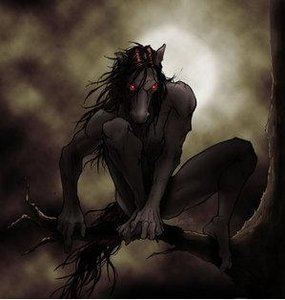
Began its association with Tikbalang 1860 discovery of a statue to Cambodia since the 10th century. It described the demons that Vadavamuka, the more radical version of the avatar of Vishnu. Eventually, Buddhism changed the image of Hayagriva a small horse's head floated to crown fire. In China, provided the old image of Hayagriva face with horses - one of the demons keeper into the inferno. Probably has the same happened in Tikbalang adapt it to the Filipinos in their beliefs after exacting culture through trade. Nine hundred years before the Spaniards arrived, went to the Chinese merchants in the Philippines and while there they use horses. But there's just started the evolution of Tikbalang.
Superstitions
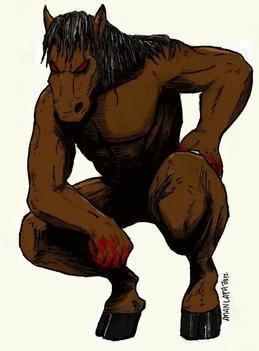
Tikbalangs or Tigbolan scare travelers, lead them astray and play tricks on them such that the travelers keep on returning to an arbitrary path no matter how far they go or turn. This is counteracted by wearing one's shirt inside out. Another countermeasure is to ask permission out loud to pass by or, not to produce too much noise while in the woods in order not to offend or disturb the tikbalang. The "tigbolan" is a ghost which assumes a variety of forms, and sometimes confers a similar gift upon certain favored individuals, in much the same way as the devil was wont to grant extraordinary powers to a few of our adventuresome forefathers. A superstition popular with the Tagalog of Rizal Province is that Tikbalangs are benevolent guardians of elemental kingdoms. They are usually found standing at the foot of large trees looking around for anyone who dare to bestow malignancy on their kingdom's territory.
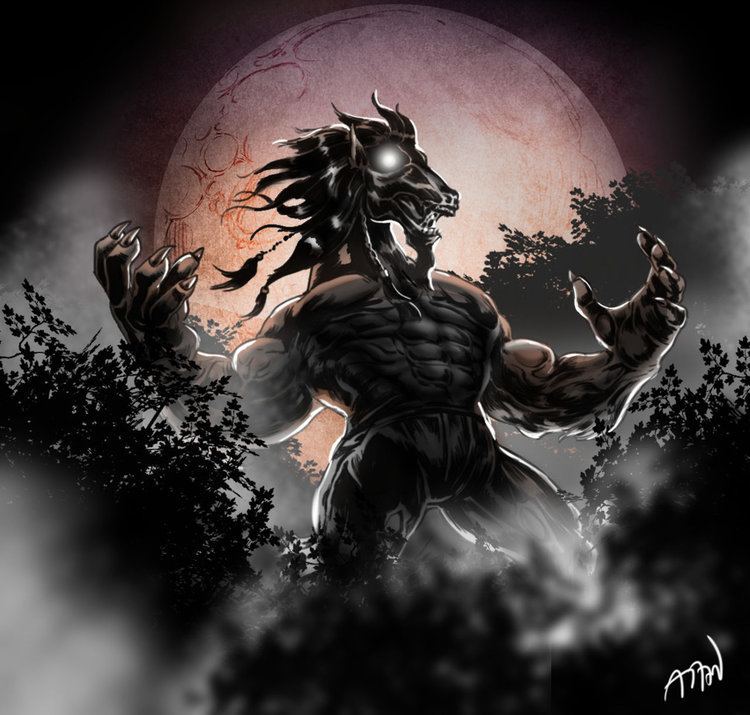
A common saying has it that rain from a clear sky means "may kinakasal na tikbalang."(Filipino, "a tikbalang is getting married".) This was potentially connected with a similar Spanish proverb that claimed a witch was getting married when there was rain on a sunny day, although many cultures have such sayings in which a trickster figure gets married (cp. fox's wedding, bear's wedding, monkey's birthday/wedding).
In some versions, the tikbalang can also transform itself into human form or turn invisible to humans. They like to lead travelers astray.
Tikbalang are generally associated with dark, sparsely populated, foliage-overgrown areas, with legends variously identifying their abode as being beneath bridges, in bamboo clumps or banana groves, and atop Kalumpang (Sterculia foetida) or Balite (Ficus indica) trees.
Taming a tikbalang
By one account a tikbalang has a mane of sharp spines, with the three thickest of these being of particular importance. A person who obtains one of these spines can use them as an anting-anting (talisman) in order to keep the tikbalang as his servant. The tikbalang must first be subdued, however, by leaping onto it and tying it with a specially-prepared cord. The would-be-tamer must then hang on while the creature flies through the air, fighting madly to dislodge its unwelcome rider, until it is exhausted and acknowledges its defeat. or you can look on his mane and you will see 3 golden hairs and if you pluck 3 of them before he/she eats you, they will serve you until you die.
